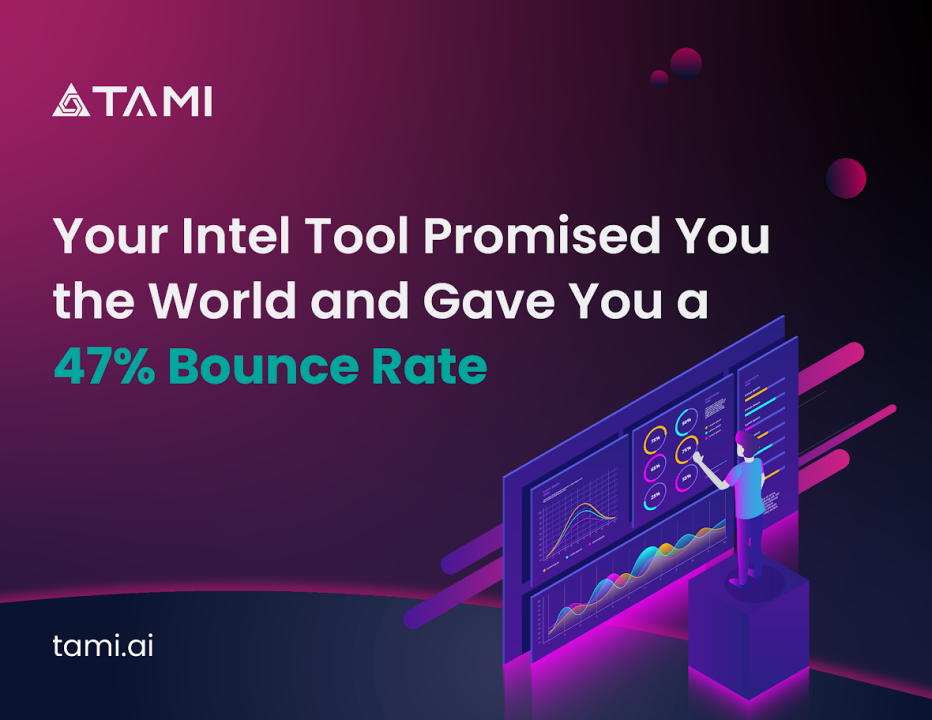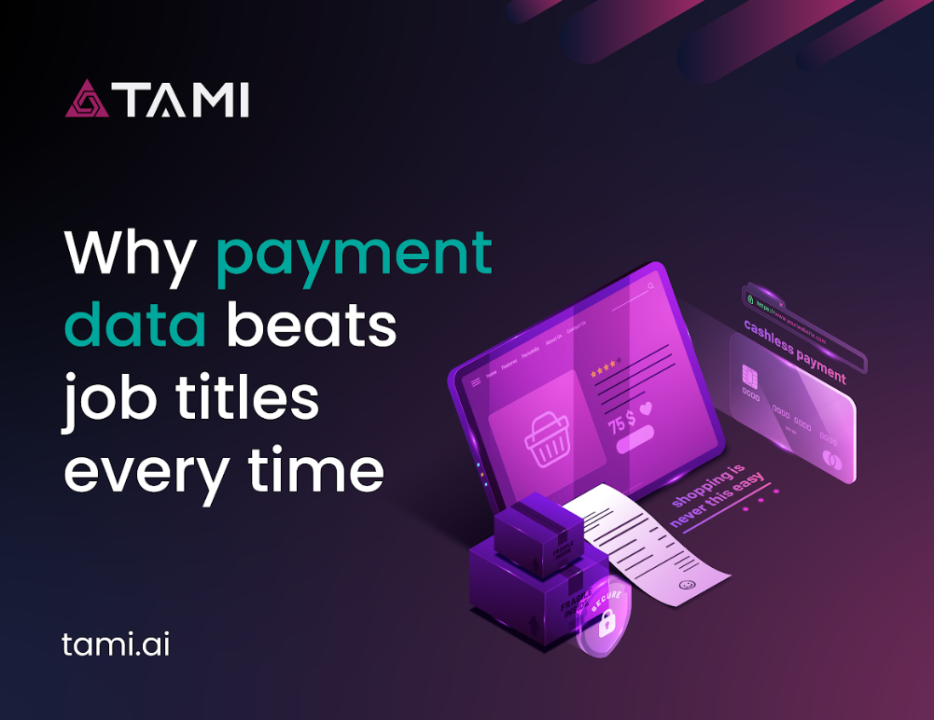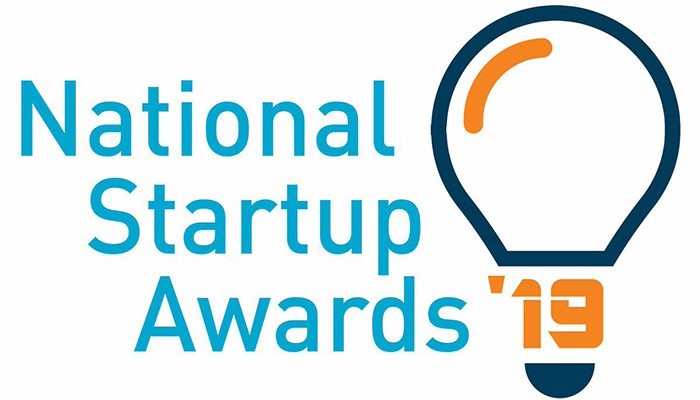
Gold in the Emerge-Tech Category!
24/08/2021Outbound is better than Inbound…or, is it the other way around?
Exercise: run a simple search on Google with the exact phrase: ‘Why Outbound is better than Inbound’ – how many results do you get that truly match your request? Probably none; in fact, the first result I get is for an article that quite literally says the exact opposite: why Inbound is better than Outbound…
People are scared; and not just because we’re sitting in Q4 of 2018 wondering where on earth the last 9 months went to, but because we’re reluctant to admit that maybe, just maybe, the ‘inbound bubble’ that came floating down to earth during the mid-2000s probably should have burst a long time ago. We’re afraid to question the validity of the arguments we read on a daily basis that seem to favour an ‘if you build it they will come’ approach towards sales and marketing.
Interesting however, are the Google results for the phrase: ‘Outbound Selling is Dead’ – what we see is an abundance of questions: ‘Is Outbound Selling Dead?’, ‘Is Outbound Selling Dead in the Age of Inbound Marketing?’, ‘Is Cold Calling Really Dead?’. It’s like we are on the cusp of acceptance for an inbound world, yet we’re not quite ready to hammer the final nail into the outbound sales coffin.

Don’t Get Us Wrong, We Think Inbound is Great!
Inbound obviously has significant merits; it helps to generate genuine interest in your business and cultivates lasting relationships with customers. No one can legitimately argue against inbound entirely as a sales and marketing strategy, and that’s not what this article is intended for either. But can we really just sit around relying only on inbound to make the magic happen and generate revenue? In an era where everybody is ‘doing’ it, yet the average person also has an attention span shorter than that of a goldfish, we need to consider how valid these arguments against outbound really are.
Here are 3 of the most common arguments that oppose outbound selling as a strategy:
1. Outbound is significantly more expensive than Inbound – source
2. Cold Calling doesn’t work – source
3. You have no prior information about the buyer – source
Now let’s talk about how each of these arguments lacks depth and conviction.
1. Outbound is Significantly More Expensive Than Inbound
Time and time again, we read about outbound being the ‘problem child’ of an organisation where companies struggle to justify the costs and direct their attention more towards inbound sales/marketing; evidently, inbound is deemed to provide more bang for one’s buck. However, when arguing over cost effectiveness between inbound and outbound, it’s important to note that outbound techniques are not always correctly represented. For example, in three separate articles claiming inbound to be more economical, the assumption is that budgets for outbound efforts are spent solely on advertising:
“It is easy to imply that Traditional Marketing which includes advertising on Televisions, Radio, Print, Bill Boards and so on use a huge amount of money compared to Inbound marketing.” – source
“Outbound marketing is the easy way out if you have money to burn (and you’ll often need that much). Buying TV commercials, print ads, and billboards can quickly get very expensive, and there are no guarantees as to your ROI.” – source
“Outbound marketing tactics are more conventional marketing and advertising methods that require some form of targeted outreach, such as billboard ads or radio spots” – source

Of course advertising is part of outbound, there’s no contention there. But if we were to assume that it was the only form of outreach then no wonder it’s deemed more expensive than inbound! What about email marketing, cold calling, trade shows?
Provided you get your messaging right
, email marketing can be a very effective form of outreach. However, it has been considered somewhat of a taboo in recent times and one can only assume that this is down to a certain 4 letter acronym. Despite this, and a painfully misinformed perception that companies can no longer target other European businesses by email, it remains a very effective form of outbound sales and marketing – it certainly works for us!
Tradeshows are also fantastic in generating new business, particularly if you’re strategic enough to attend instead of exhibit (think about the money you will save!), and spend your day networking with hundreds of potential customers. There are some great resources available for finding the most relevant tradeshows for your business – EventsEye is a good example.
Also, let’s consider the costs involved in having a good inbound strategy. Engaging websites, landing pages, SEO tools and content creation are not cheap; in fact, they require a huge commitment of both money and time resources. The average cost for an annual subscription to an SEO service is $1,800 (based on the pricing tables of SEM Rush, MOZ and Ahrefs), while content creation is an ongoing cost both to the budget and employee resources; whether it’s designing infographics, writing unique content, or collaborating with publications for link building purposes, etc.
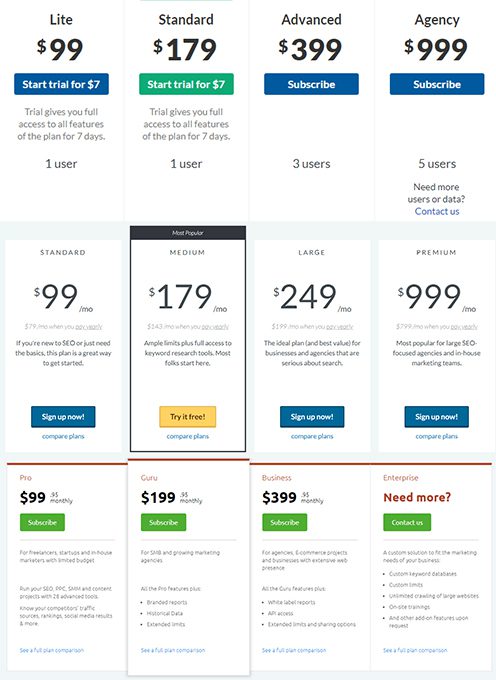
2. Cold Calling Doesn’t Work
We often hear B2B Cold Calling being referred to as an ineffective sales tactic. This is due to a number of reasons, such as Companies no longer using landline phones, and Decision makers strongly disliking cold calls. One article from Hubspot claimed that “Cold Calling Doesn’t work 90.9% of the time”, an insight taken from an article published in the Harvard Business Review in 2010. If this were true then we would all be running away from the very idea of ever picking up the phone to sell again!
However, what the HBR article actually said was that only 9.1% of sales meetings result in a sale – it does not specify whether ‘meeting’ means cold call, an email exchange, or a face to face appointment following a phone call. So to surmise that this equates to cold calling being ineffective 90% of the time is simply incorrect. The article goes on to talk about the disconnect between salespeople and their ability to agree next steps with a potential client and close deals; researchers found that this disconnect was the driving force behind why so few meetings result in sales – they claimed that only 9% of all salespeople possess the skills needed for success. By that logic, the issue is not necessarily the effectiveness of tactics used to make the sale, rather the ability of the person making the sale.
While situational factors such as companies not using landlines, and individual preferences regarding phone calls are beyond the salesperson’s control, there is a lot to be said for sales training and needs analysis. Conducting cold calls without any sort of needs analysis research about the company beforehand is like going on vacation to Spain without packing the sun cream; it makes no sense. If salespeople are not trained to be researchers, observers and good listeners, then by all means let’s entertain the idea of a 10% success rate for cold calling.
As Close.io adequately put it, “They [salespeople] can launch into a pitch way too early, without first understanding what the prospect wants and if your offering will genuinely be able to help them at all.” Salespeople are not selling products and services, they are selling solutions; benefits; something to make life easier for that person on the other end of the phone. This means that they need to adopt a very consultative kind of approach and put themselves in the minds of their prospect.
3. You Have No Prior Information About the Buyer
One of the biggest arguments against outbound selling is the fact that you have no prior knowledge about your prospect; whereas with inbound selling, the prospect has already established an interest in your company and is considered a warm lead. But what does ‘no prior information’ really mean? Are we saying that we have literally no information about the company we are trying to sell to at all, other than their website URL, phone number and email address? Because that is simply not true; in fact, this touches off what we discussed above regarding salespeople conducting needs analysis before they engage in any selling; this is important in every aspect of outbound: cold calling, tradeshows, sales emails, advertising, etc.
From an inbound perspective it’s claimed that a prospect is considered a ‘lead’ by filling in a website form, downloading a whitepaper, requesting a demo, etc. However, this doesn’t mean that they are worth pursuing as a customer. Seemingly, only 25% of leads are legitimate and should advance to sales – does this mean that only 25% of all inbound leads are relevant and worth following up on? Because that doesn’t sound very promising! Based on discussions with our own clients, inbound represents just 2% of the entire market available to them. Interesting!
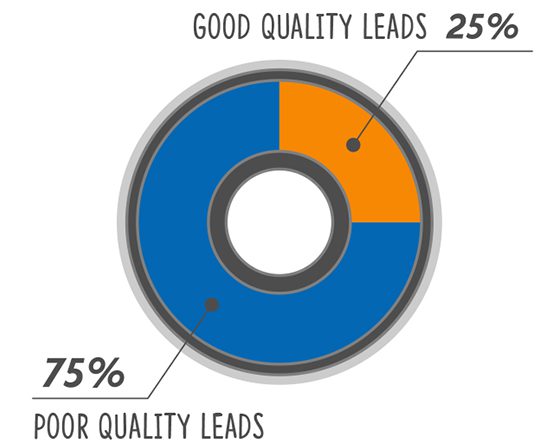
Also, why are we to assume that there are no helpful tools to provide this ‘prior information’ to companies about their prospects? Not to toot our own horn, but our lead generation platform (targeted towards businesses selling into the eCommerce market) is revolutionising the idea of outbound prospecting and turning it into something hugely cost-effective for companies. Here’s an example of the information our customers can uncover about their potential buyers…before they even pick up the phone or write an email:
• Estimated merchant size (online turnover)
• Industry
• Business location (country, city, postcode)
• Whether the website is accepting payments online, and who the providers are
• Whether the website is shipping products, and who the providers are
• Evidence of finance providers and multi-currency indicators
• Evidence of mobile sites
• Evidence of international website domains
• Evidence of same/next day, international and free delivery
• Social media following
• Access to key decision makers within the company
• Website visitor traffic data
• Website technology used
We equip our customers with vital knowledge about their prospects before they reach out to them, so they know that they are speaking with the right people about the right opportunities. In fact, our very first customer, a well-known parcel shipping company, informed us that not only did they manage to close a deal within 3 months of signing up with TAMI, but that the deal in question actually covered the cost of their subscription to the platform.
In Summary
Inbound will always play an important role in sales and marketing, that’s a simple fact – since launching TAMI, we’ve put huge effort into SEO, website engagement, and content creation to help us close deals. However, it’s illogical to brand outbound selling as ‘ineffective’ and ‘outdated’, when there are solid justifications for its contribution in business. Why can’t the two work in tandem when there’s a clear synergy between them? While allocating resources to inbound sales and marketing, we’ve also maintained a successful outbound strategy for nearly 3 years, and have won many Fortune 500 clients as a result of cold calls and email campaigns.
Outbound is not dead, so let’s stop acting like it is.


